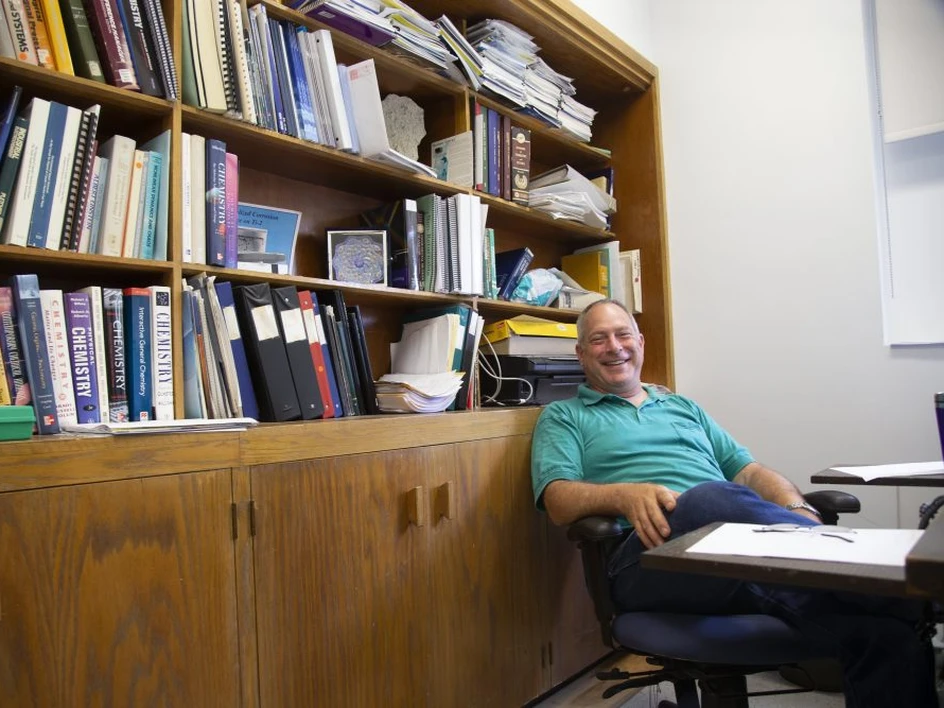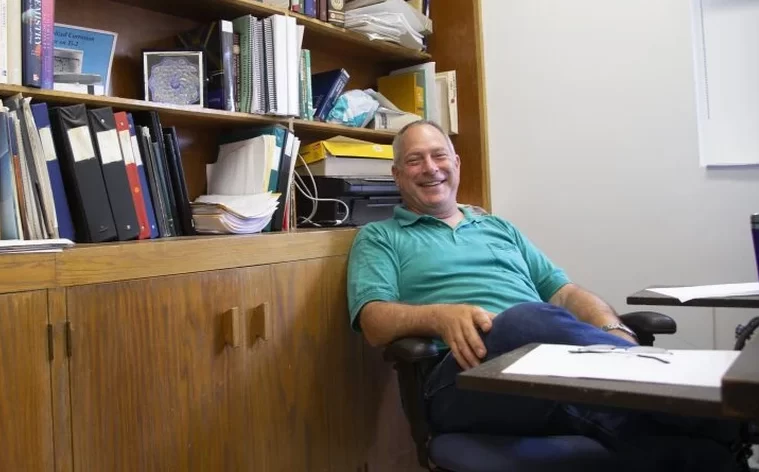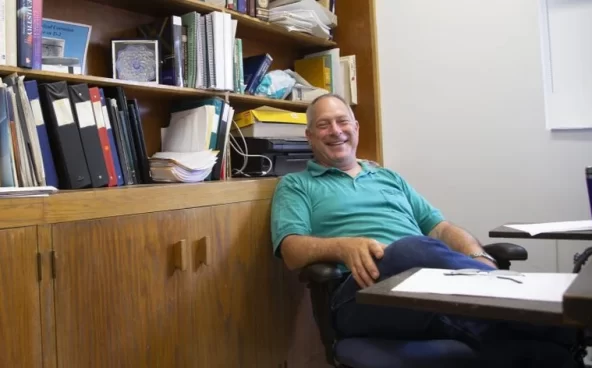
At Western University, researchers are zeroing in on multi-barrier copper-clad canisters as a safer alternative – including against terrorism – to the steel and concrete bunkers now used to house nuclear waste.
“When (the bundles) come out of the reactor, they are really hot and radioactive and they contain some chemical toxicity for a very long time,” said Mehran Behazin, a corrosion scientist with the Nuclear Waste Management Organization, the agency overseeing the development of the federally-mandated new system.
Once used up, the bundles are first stored in water-filled storage pools where they will sit for 10 years before being transferred to a concrete steel canister and stored onsite.
“We are storing them at the reactor site on the ground in a well-shielded container called dry storage and they stay there for 50 or 60 years. This is our current plan,” Behazin said.
About three million of the radioactive fuel bundles used to create nuclear energy are being stored above ground at nuclear reactor sites across Ontario, including at the giant Bruce Power site north of Kincardine along the shores of Lake Huron.
“They are there on the surface in canisters and they are safe right now but somebody has to look after them and maintain them,” said Western scientist and professor Jamie Noel, who is leading a team of about 20 scientists investigating how to build corrosion-proof copper-clad canisters to permanently store Canada’s current and future inventory of fuel bundles for a million years.
Considered one of the world’s most important environmental challenges, the multi-barrier, underground system will replace the previous storage method.
“Over time, who knows what could happen?” Noel said, noting future disasters, war, neglect or even a terrorist attack could lead to a leak. “The future of nuclear power depends on having a solution to nuclear waste disposal. But even if nuclear power does not figure into our future, we still have this waste in hand and it needs to be cared for properly. It’s not a responsible thing to do to leave it to future generations.”
Still decades away from implementation, the new plan is to dispose of nuclear waste by burying in volcanic, bentonite clay in a repository deep in the Earth.
A site hasn’t been determined and approvals would take years to complete, followed by an estimated 10 years to build the repository.
Meanwhile, research continues into whether a copper-coated steel container is the answer.
“There are various corrosion mechanisms to worry about and there are various things that react with copper to drive the corrosion. Oxygen is one that drives corrosion,” Noel said.
While buried, the canisters would be exposed to some oxygen, he said.
“We have to see if copper survives the period where there is some amount of oxygen available. The results so far show it will handily survive that period.”
Copper will not corrode in water without oxygen, except if there is sulphide available, Noel said.
“Sulphide really likes to react with copper so that can be a corrosion process,” he said. “Our part of the work is looking at what does sulphide do when it meets cooper.”
The team also is studying what happens if there is a defect in the container and it exposes the steel below.
An extended team also includes researchers from the University of Toronto, York University and the University of Waterloo, who are using a $12-million research grant to better understand if the copper-clad capsules are going to be an answer.

